This store requires javascript to be enabled for some features to work correctly.
Discover
Claudia Dorsch
Hospitality
London
Residential
-

Discover
Claudia Dorsch
Hospitality
London
Residential

Claudia Dorsch
Founded in 2009 and based in Hampstead, Claudia Interiors is a bespoke design studio known for crafting elegant, timeless interiors tailored to reflect the unique lifestyles and personalities of its clients. The studio’s ethos is rooted in collaboration, quality, and a deep understanding of each property’s potential.
Contact this pro

To:
Company name
By clicking or tapping "Send," I agree to Maison Flaneur Terms of Use.
Claudia Dorsch
Founded in 2009 and based in Hampstead, Claudia Interiors is a bespoke design studio known for crafting elegant, timeless interiors tailored to reflect the unique lifestyles and personalities of its clients. The studio’s ethos is rooted in collaboration, quality, and a deep understanding of each property’s potential.
Contact this pro

To:
Company name
By clicking or tapping "Send," I agree to Maison Flaneur Terms of Use.
Claudia Dorsch
Design & Projects
Claudia Interiors’ signature is in the execution—each project is guided by a commitment to quality and a tailored approach. The studio’s work reflects an appreciation for craftsmanship and global influences, while prioritizing a collaborative process that deeply immerses in each client’s vision.
Rather than a fixed “house style,” Claudia Interiors takes cues from the lifestyles, personalities, and needs of each homeowner, as well as the architecture of their property. This philosophy allows the studio to create designs that are as individual as the clients themselves. With an emphasis on timelessness, practicality, and understated luxury, every project is as beautiful as it is functional.
The studio’s approach is concept-driven, starting with an exploration of the property’s history, surrounding environment, and even the client’s personal story. This ensures every detail, from custom joinery to curated textures and colours, is thoughtfully considered.
City Elegance, London
Vibrant Family Home, Hampstead
Mountain Calling, France

Meet The Designer
Claudia Dorsch’s journey into design began early, exploring antique shops and flea markets with her father. These formative experiences cultivated her appreciation for craftsmanship, timeless design, and the beauty of objects with history. After earning a degree in European Business Administration and spending a decade in asset management for global institutions, Claudia transitioned to her true passion: interior design. She honed her skills renovating properties across the UK, Germany, and France before formally training at the Inchbald School of Design. In 2009, she founded Claudia Interiors, combining her analytical precision, organisational expertise, and creative vision to bring thoughtful, elegant spaces to life. Fluent in German and French, Claudia has worked on diverse residential and commercial projects across Europe. She also shares her expertise as a guest lecturer and balances her professional life with raising three daughters.
My childhood was immersed in the world of antique shops and markets . My father is a hopeless collector and I admire the way my parents furnished their homes. The appreciation and detection of beauty in many different forms – whether a slab of marble, a fabric design or vintage chair or in a painting - is a skill i have honed over decades.
-
Claudia Dorsch, Founder of Claudia Interiors
Tips from the Experts
What makes a house feel like a home?
A house really starts to feel like a home when it’s filled with personal touches, colors, and textures that reflect who you are. Having your collections of books and art - pieces in different sizes, styles, and from different periods - gives it that "collected over time" look. Adding window treatments makes things feel cozier, and having plants of various sizes and types brings life and freshness into the space. Rugs add warmth and texture, while framed photos on furniture, shelves, or walls make the place feel personal. Displaying certificates, memorabilia, or things you’ve picked up on travels, holidays, or even family heirlooms give the space meaning and turn it into something uniquely yours.
How to make a big impact on a small budget?
Transforming your home doesn’t have to cost a fortune. Painting rooms in bold colors can instantly create a striking change, and you can take it further by repainting existing furniture in bold hues and adding stylish handles. Etsy, for example, is a great place to find unique designs. Framing children’s artwork or family photos is another affordable way to add personality; using vintage frames can give the space added depth and character. To elevate plain wardrobe doors, consider adding timber moldings or wallpaper for a creative and polished touch. Vintage furniture often offers better value than new pieces and brings charm to your home. Statement lighting, like impactful chandeliers, can be surprisingly affordable and make a big difference. For window treatments, simple fabrics with trimmings can look beautiful and cost less. Also, Roman blinds are a budget-friendly option since they require less material than curtains.
The thing no one thinks about
There are several common pitfalls that people often overlook but can easily be avoided with a little planning. One of the biggest mistakes is not measuring access before buying furniture. Many clients have spontaneously purchased pieces only to find they don’t fit through doors or up staircases. Another essential step is mapping out a new room layout or furniture plan. Using masking tape or chalk to draw actual sizes on the floor is a simple yet effective way to visualize how everything will fit. If you’re unsure about space or volume, building templates can be incredibly useful. We often create mock-ups of chandeliers, tables, or sofas on-site using boxes and building materials. Even when floor plans and 3D models are prepared, seeing the volume in the actual space can make all the difference. Finally, don’t forget practical details like ensuring cupboard doors can open fully without hitting ceiling lights or pendants - this is especially crucial in smaller rooms.
|
Founded in 2009 and based in Hampstead, Claudia Interiors is a bespoke design studio known for crafting elegant, timeless interiors tailored to reflect the unique lifestyles and personalities of its clients. The studio’s ethos is rooted in collaboration, quality, and a deep understanding of each property’s potential.
Contact this pro

To:
Company name
By clicking or tapping "Send," I agree to Maison Flaneur Terms of Use.
Contact this pro

To:
Company name
By clicking or tapping "Send," I agree to Maison Flaneur Terms of Use.

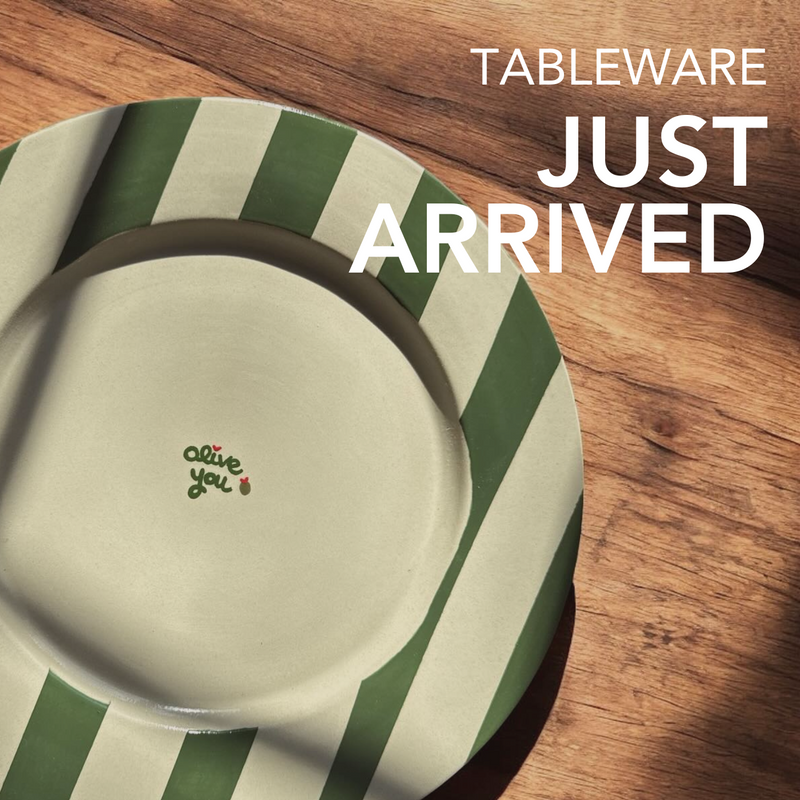
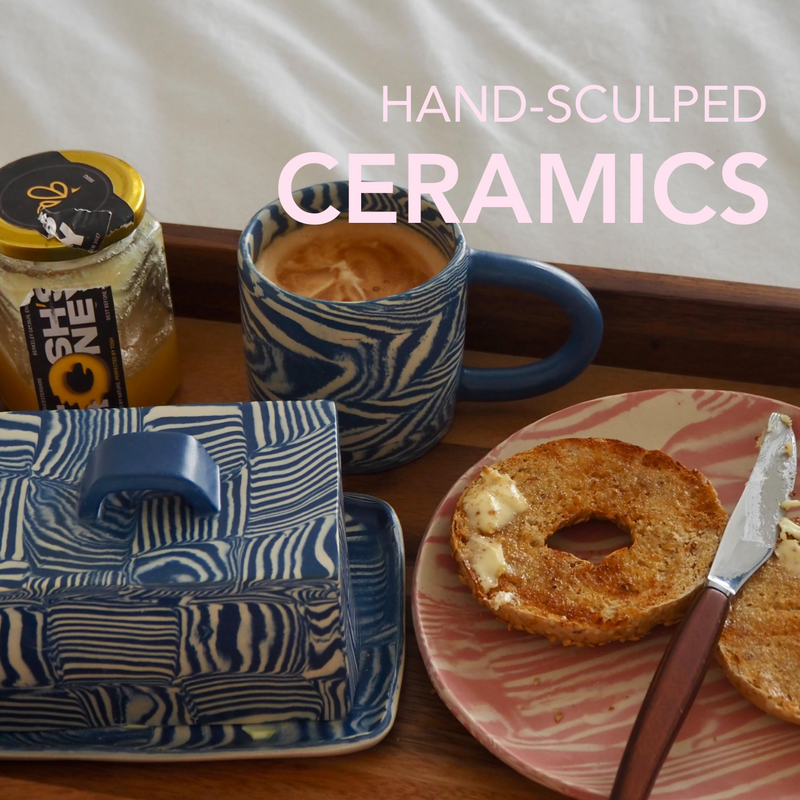
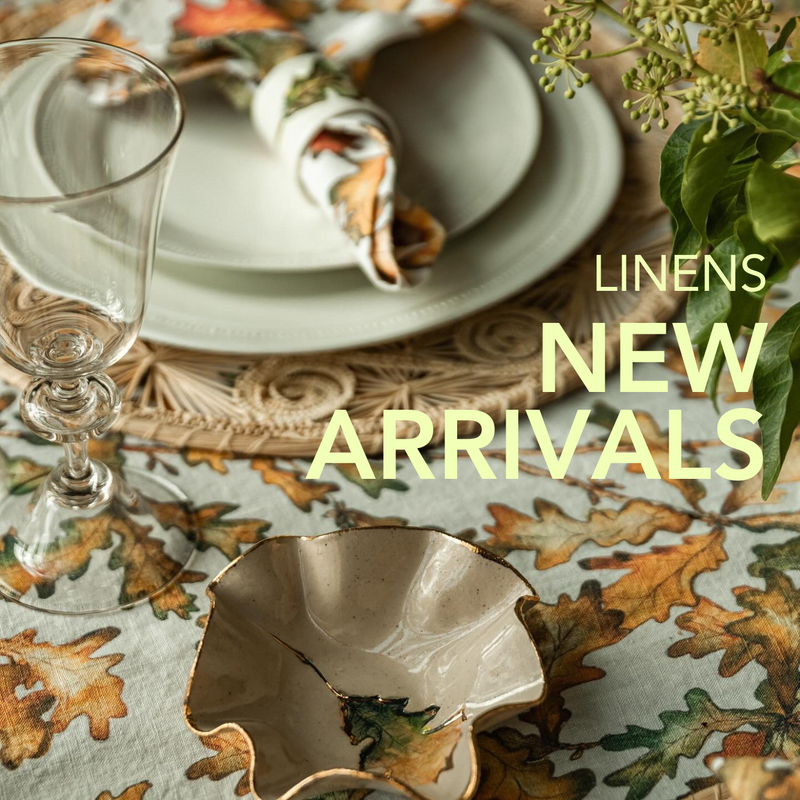
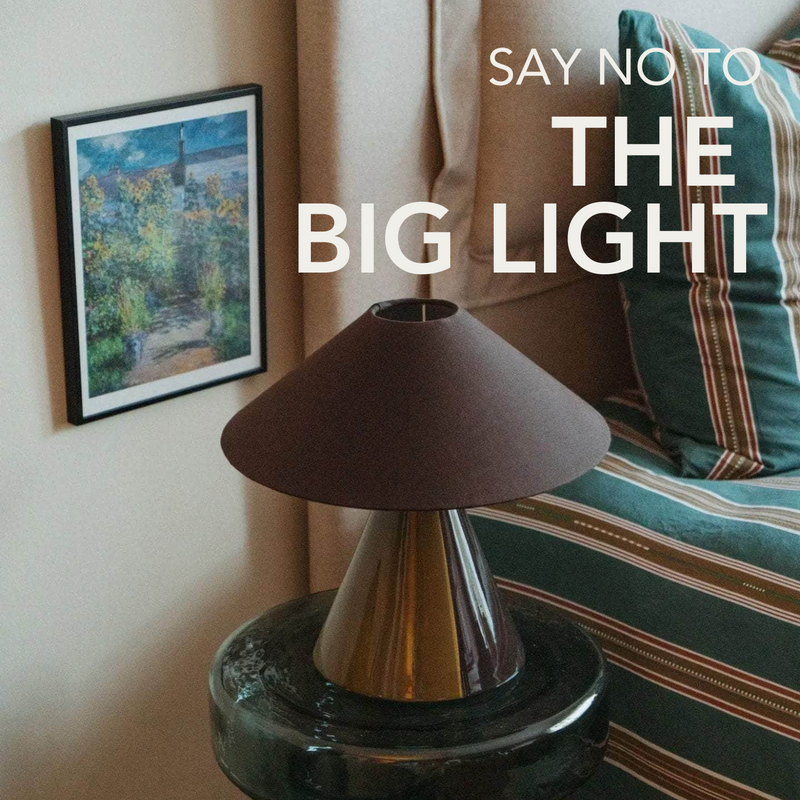
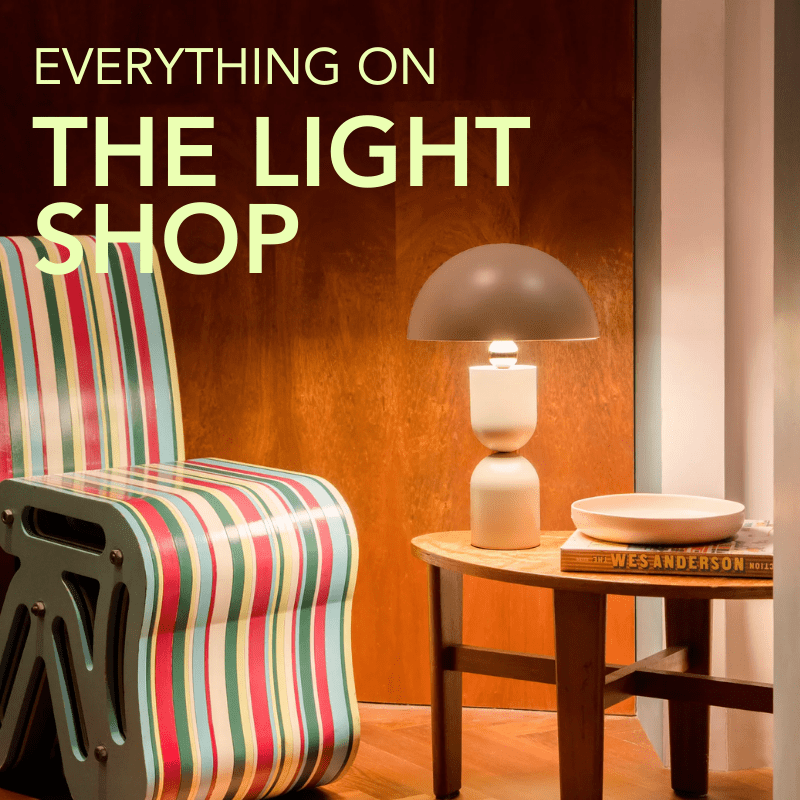
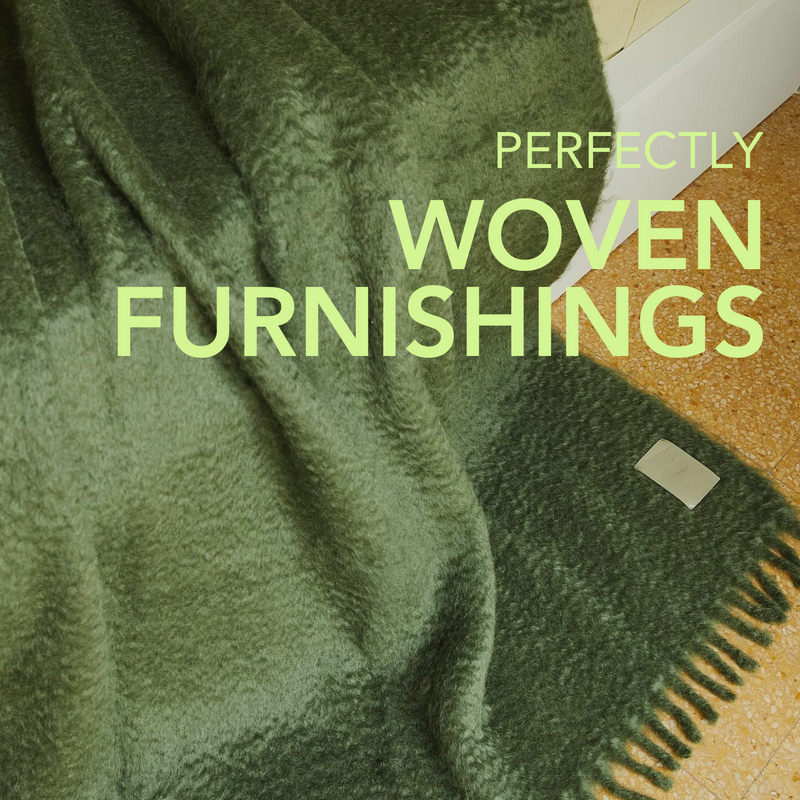
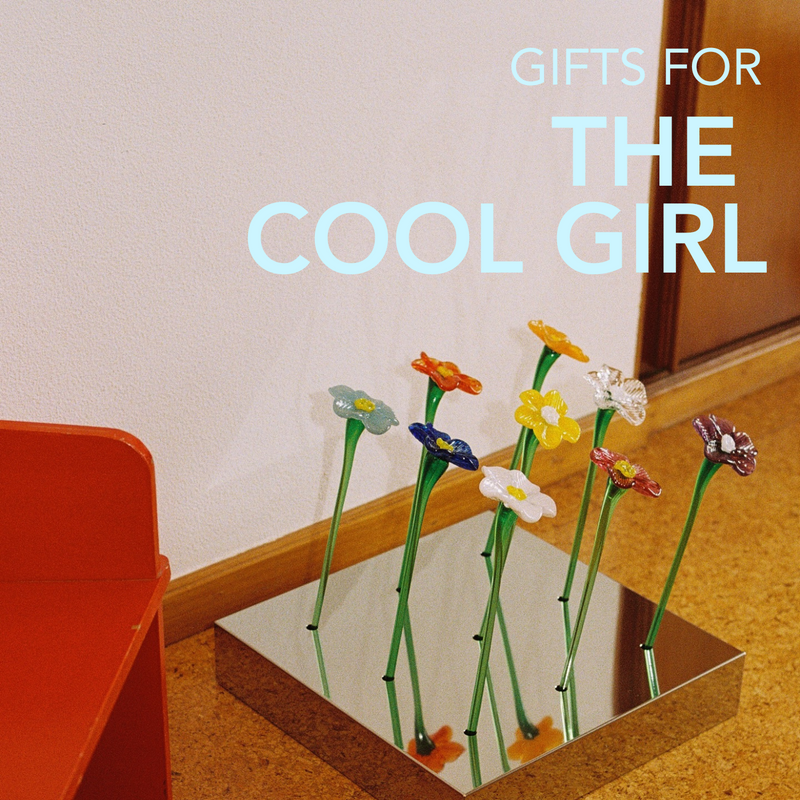
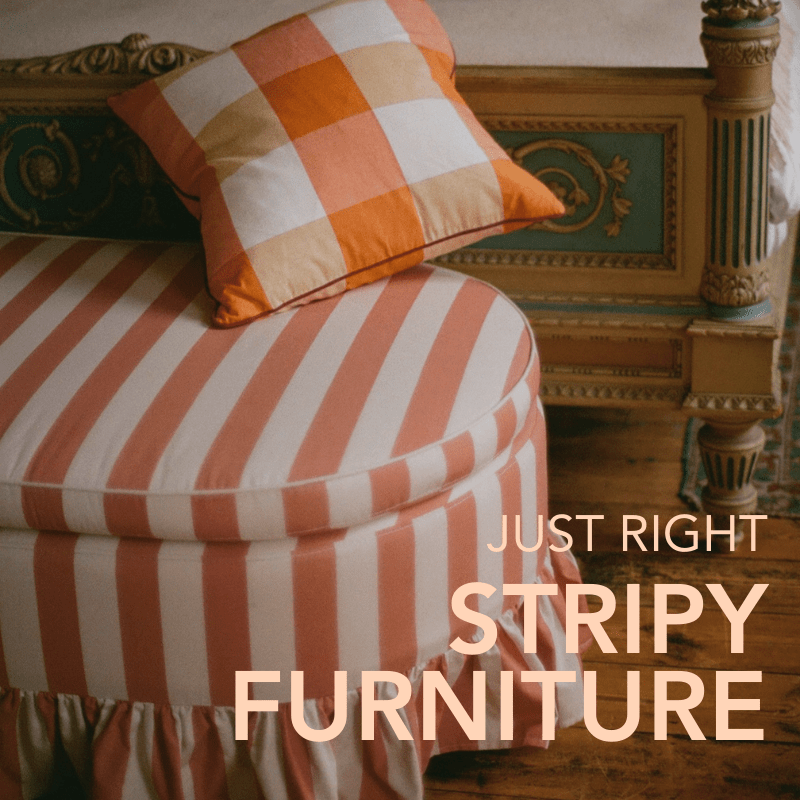
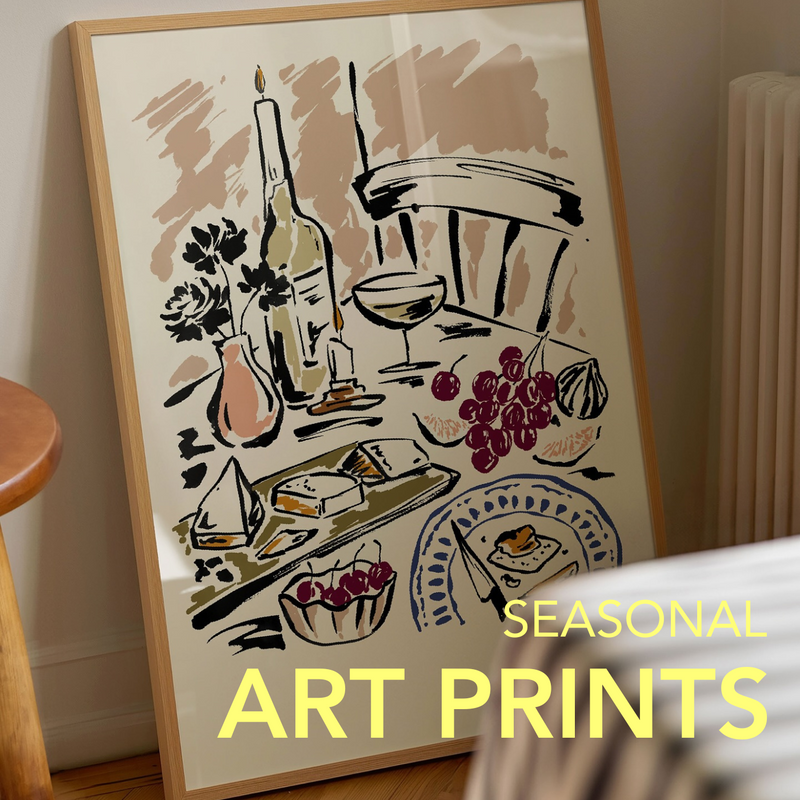
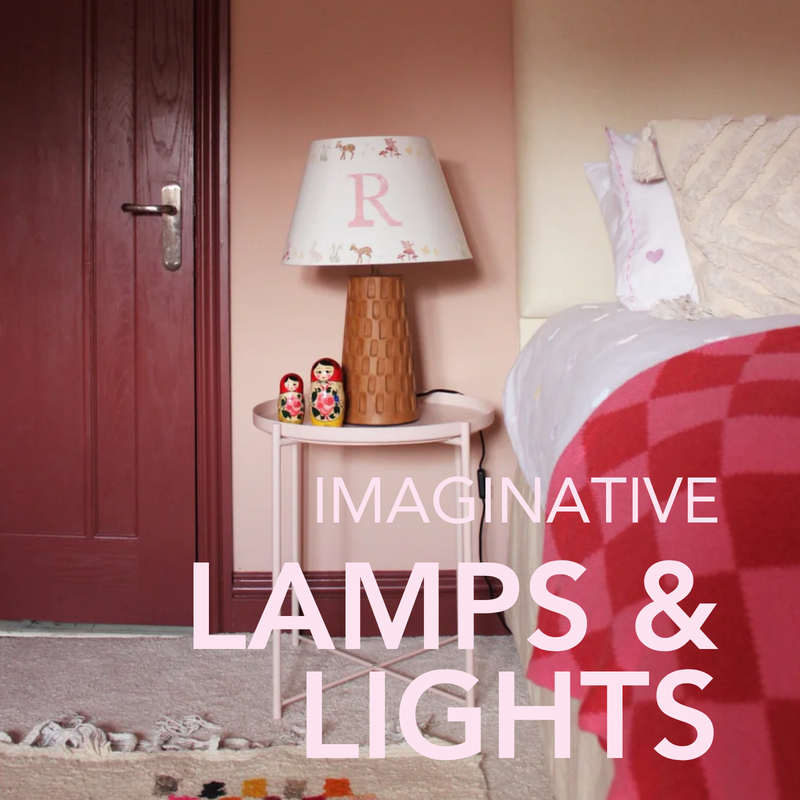
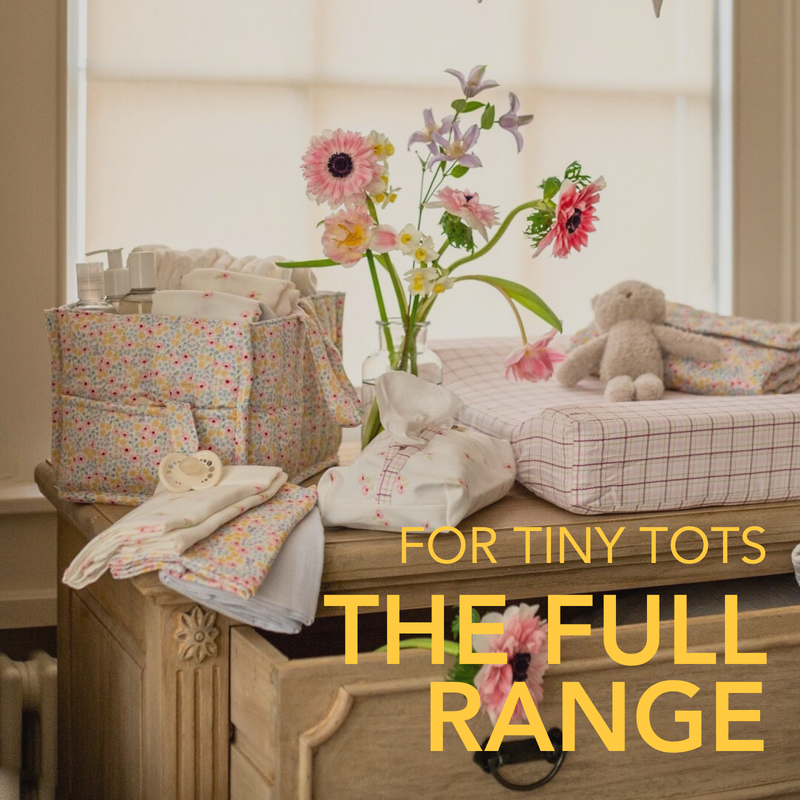
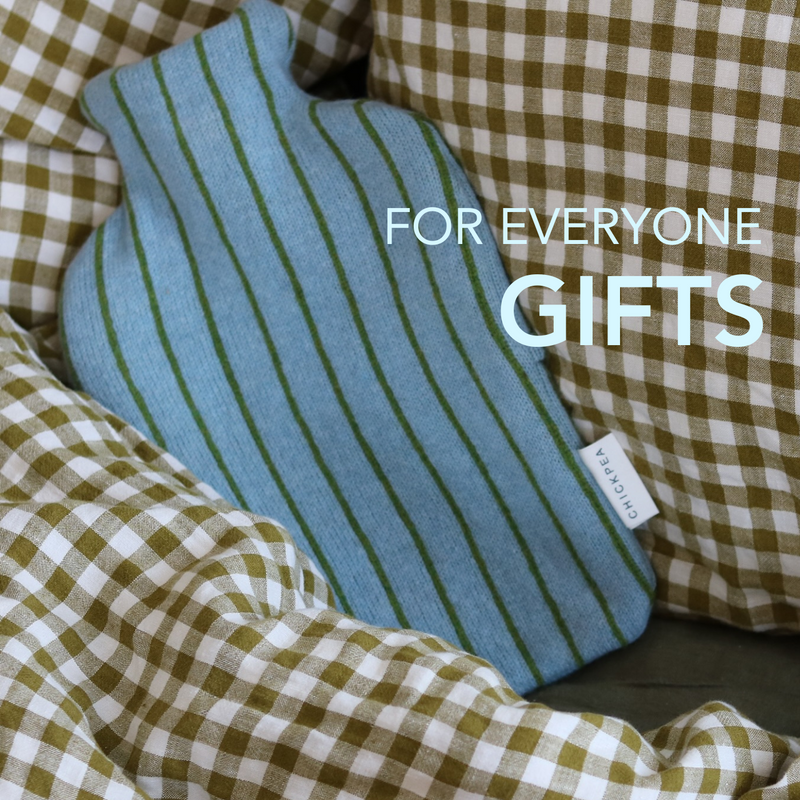
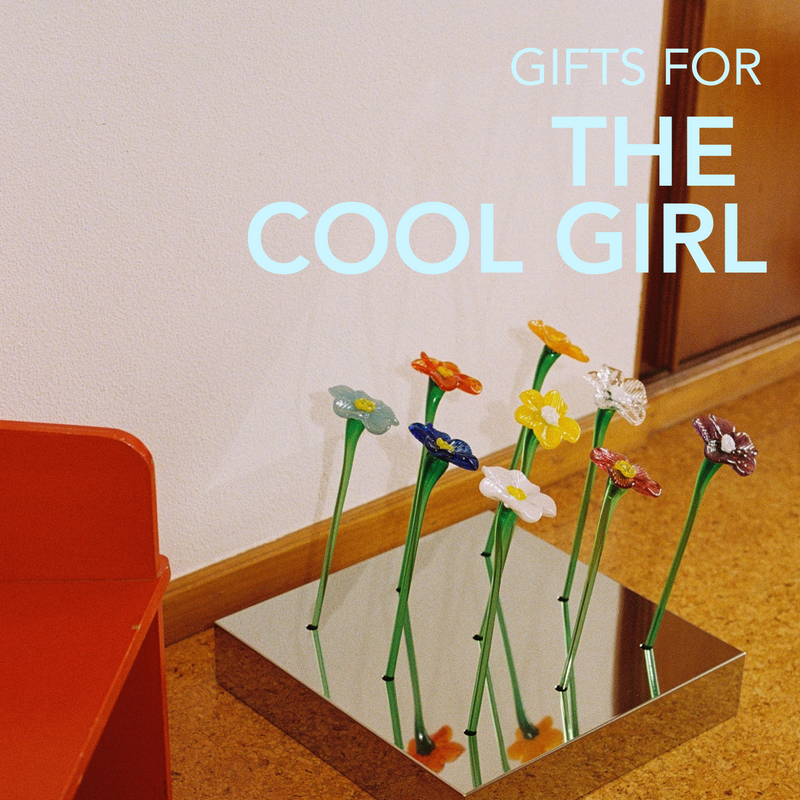
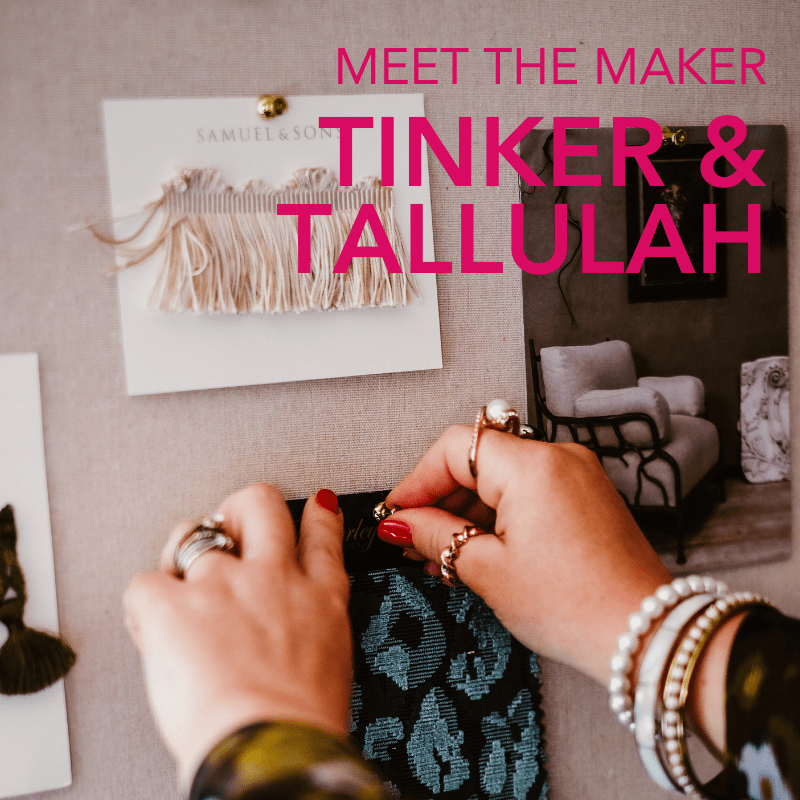
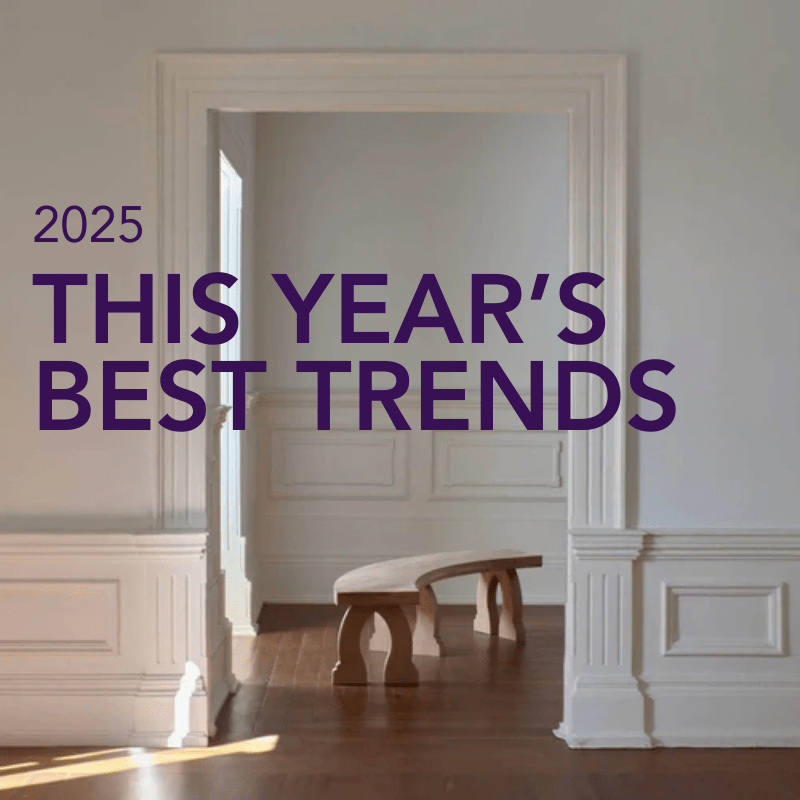
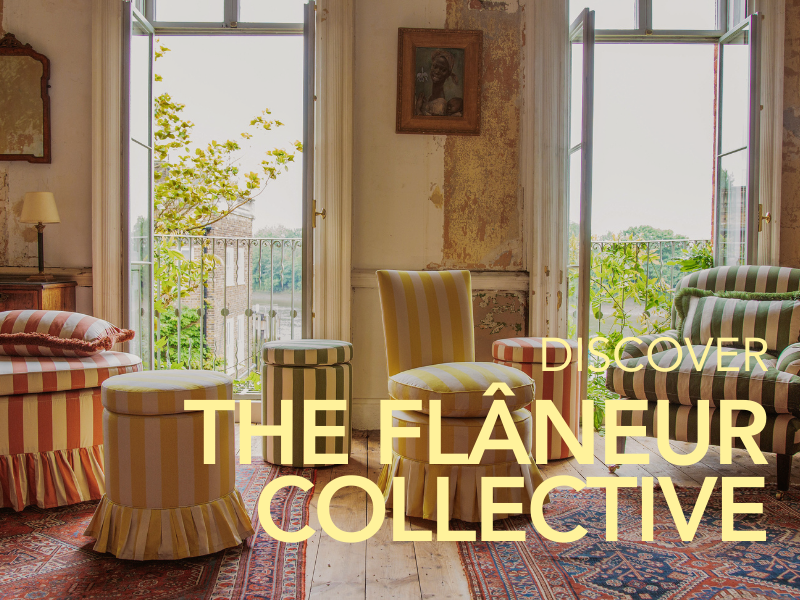
















Follow me